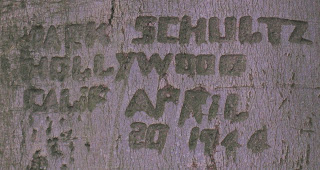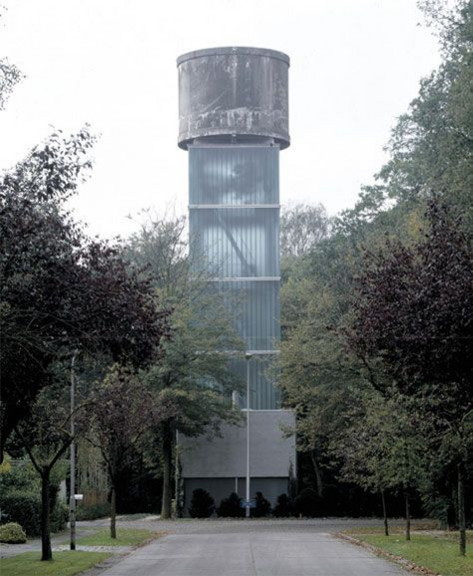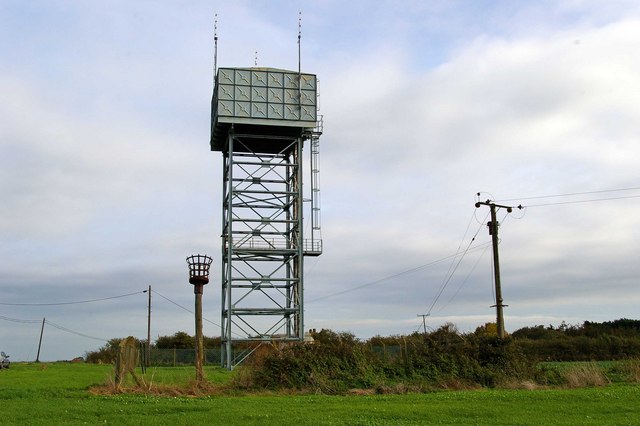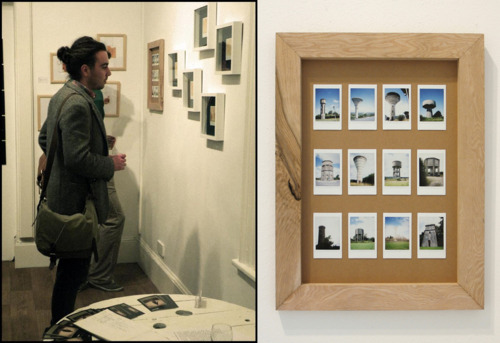The present owner of Elveden, the 4th Earl of Iveagh - Ned to his friends - is a descendant of the Guinness brewing family who inherited Elveden at the age of 21. The first house here was built in the 1760s by Admiral Keppel. But it was the Maharajah Duleep Singh who in the 1860s created a palace to pay homage to his Indian homeland and satisfy his passion for shooting. The maharajah's house was designed by John Norton. Singh had been deposed from the Punjab by the British and he gave, he said forever afterwards it was swindled from him, the Koh-i-Noor diamond, as collateral for the Sikh War. In recompense, Singh was granted a pension and he bought Elveden in 1863.
Duleep Singh left England in 1886 and died in Paris in 1893. Elveden was sold to meet his debts and it was bought by the 1st Earl of Iveagh in 1896. The vibrant colours in the hall were later whitewashed over as he used his Guinness fortune to remodel the hall and the estate. Father and son architects William and Clyde Young were commissioned to double the size of the hall, and Caspar Purdon Clarke – the director of the Victoria and Albert Museum and an expert in Indian decoration – designed the Indian Hall to link the old and the new.
At the same time, the First Earl modernized the estate, building servant blocks, laying out gardens and building the water tower and stable complex. The Elveden shooting parties were legendary and graced by royalty. After he died in Paris, on the orders of the Indian Office, Duleep Singh was buried next to his wife and son in the Elveden churchyard, now a place of pilgrimage for Sikhs.
Beneath the tank room is a large room finished with architraves and mouldings as a drawing room with large sash windows framing views in each direction with balconies with now fragile balustrades. This delightful space has been used for shoot lunches and a lucky bride’s wedding reception. Beneath this room is a double height room of bare masonry sitting mid-way up the tower which contains a substantial chain hoist affixed beside stable doors opening to the outside. Without any evidence of machinery apparent, it would indicate that the room’s purpose is some kind of stores. During WWII the contents of the Iveagh Bequest at Kenwood House was moved to Elveden. Contemporary reports say the priceless paintings by Vermeer, Gainsborough and Landseer were moved into the basement of the hall but evidently some were also stored in the cool dark of the water tower. Surprisingly, very few water towers in the UK suffered from enemy action; their usefulness for enemy navigation outweighed the impact of directly attacking them.
The two floors below the stores level contains two apartments with Victorian wallpaper still extant. These rooms are above the ground floor pump room (or a former pump room) which was inaccessible by virtue of our guide not having the right keys. The first five levels are all accessed by a windowed internal stairway of stone steps. Beside the tower there are some outbuildings forming a courtyard which were apparently a workshop, foundry and fuel store for the pumps. The chain hoist to the storeroom floor (corresponding with the ashlar bands on the exterior) would have been loaded from here.
The borehole that supplies this tower is 1.2 miles to the south, where a pump house and Braithwaite style water tower is located now at TL 82302 77685. We could not determine if that is the original borehole but it seems unlikely. Boreholes can dry up and it’s easier to move a borehole than a tower.
The tower is still used to distribute water by electric pumps located within the tower but the tanks are no longer used to provide storage and head. The tanks were decommissioned sometime in the last ten years due to algae being found in the water.
There was speculation in the party that the tower could be built of Elveden bricks, but we found the Elveden brick works producing the distinctively stamped red bricks that are used in the construction of the estate cottages was established in 1901, after the tower was constructed.
While the hall has been seen on the silver screen in a starring role in Kubrick's Eyes Wide Shut and the action adventure Tomb Raider and the Bond movie The Living Daylights; the tower, not to be outdone, also has had a brief career on the idiot's lantern. The tower was the objective of the rival platoons during a war game in the classic BBC comedy Dad's Army in its Christmas Special: The Battle of the Giants.
National Register
TL 87 NW ELVEDEN ELVEDEN PARK 2/18 Water tower, 200 metres - south west of Elveden Hall - II* Water-tower, 1895 on plaque. About 20 metres high, square on plan. Eclectic in style, but with mainly Baroque details. Red brick, with limestone dressings at the upper levels. Battered base and 4 further stages, of which the 4th is dominant. The 3rd stage has flush horizontal bands of limestone ashlar, and the 4th stage has dressings strongly expressed in limestone. Windows in the Baroque manner; limestone architraves with keystones and moulded cornices. At the 4th stage is a large central window on each face, with a balustraded balcony on stone brackets; flanking flat pilasters support a moulded cornice and arcaded parapets with central Flemish gables. The doorway at the base has a semi-circular brick arch of several orders, with deeply recessed framed and boarded doors. Copper-covered cupola roof with weather-vane finial. Included as Grade II* because an exceptionally elaborate and imposing example of a Victorian estate water-tower.The estate has over 10,000 acres under cultivation producing great quantities of grain, onions and potatoes. It is said that a quarter of Walkers' Crisps come from here and many of McDonalds’ potatoes and carrots. Other Elveden businesses include Christmas trees and team of six gamekeepers for looking after shoots and encouraging wildlife such as the stone curlews who nest in the onion fields.
The hall is opened rarely, usually for NSPCC balls and for events for the causes the Iveaghs support. The restoration is slow and painstaking and is being done without public grants.
The American Air Force requisitioned the hall in World War II to use as a headquarters – their stencilled office numbers and directions are still visible on the doors of some buildings. Other evidence of wartime ‘occupation’ is perhaps more unusual and interesting. On the estate (location withheld for their protection) is a grove of mature beech trees which contain WWII arborglyphs. These poignant reminders can also be found in the woods on Salisbury Plain and have been the subject of doctoral study. The most visible is the name (indistinct) Schultz Hollywood Calif April 20 1944. Naturally with many thousands of young men and women billeted at Elveden in wartime, some would choose to leave behind a permanent mark in case they never came back.
Archaeologists of modern history are starting to study these arborglyphs more intensely because they can give a wide range of information about the individual who created them and their environment. This has led to a discussion about the importance arborglyphs are in both a military and non-military context. Arborglyphs are carvings that record poetry, names, dates and places, creating a record of human interaction with the landscape. Therefore military arborglyphs can reveal much about modern man in warfare from the material culture he leaves behind.
Enquiries in California by BWTAS have determined that there were 44 males named Schultz living in Hollywood of military age in 1941 and it’s likely there are descendants or relatives still living there but it is not possible to narrow that down without access to US military records.
CAMP BLAINEY, E1veden Hall, Suffolk
RAF Station No: 116
Location: Four miles southwest of Thetford on A11
3d Bombardment Division (BAF), 13 Sep 43 to 27 Oct 45. Moved to Hanington, Oct 45. Re designated 3d Air Division, Dec 44.
Wings: 65th, 66th, 67th Fighter; 4th, 13th, 14th, 20th, 45th, 92d, 93d Bombardment
4th Bombardment Wing (8AF), Jun to 13 Sep 43. Moved from Marks Hall; moved to Bury St Edmunds, Sep 43.
Groups: 94th, 95th, 96th, lOOth, 385th, 388th, 390th, 447th
13th Bombardment Wing (8AF), 13 Jun to 13 Sep 43. Moved from Marks Hall; moved to Horham, Sep 43.
Groups assigned Sep 43
92d Bombardment Wing (8AF), 12 Dec 43 to 2 Mar 44. Moved from Polebrook; moved to Sudbury,
Mar 44.
Groups: 351st, 401st, 486th, 487th
The future for the tower looks promising but by no means is assured. There is enormous potential in it. The Elveden Estate is passed by millions of vehicles annually travelling along the A11 which after years of consultation and deferment will eventually become a dual carriageway. Nearby are the attractions of Thetford Forest and Centre Parcs. The Elveden Estate run a range of quality shops and a coffee shop and restaurant stocked with their own produce that will rejuvenate the visitor. It is a short walk across the road from them to the church but the tower itself stands on private property.
www.elveden.com































.jpg)





